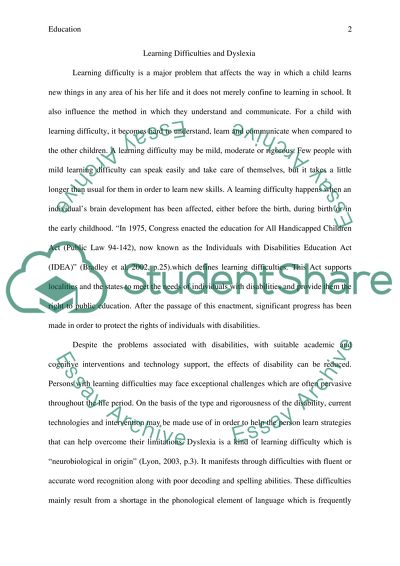Cite this document
(“Learning Difficulties and Dyslexia Literature review”, n.d.)
Retrieved from https://studentshare.org/education/1470087-what-is-learning-difficulties-and-what-is-dyslexia
Retrieved from https://studentshare.org/education/1470087-what-is-learning-difficulties-and-what-is-dyslexia
(Learning Difficulties and Dyslexia Literature Review)
https://studentshare.org/education/1470087-what-is-learning-difficulties-and-what-is-dyslexia.
https://studentshare.org/education/1470087-what-is-learning-difficulties-and-what-is-dyslexia.
“Learning Difficulties and Dyslexia Literature Review”, n.d. https://studentshare.org/education/1470087-what-is-learning-difficulties-and-what-is-dyslexia.


